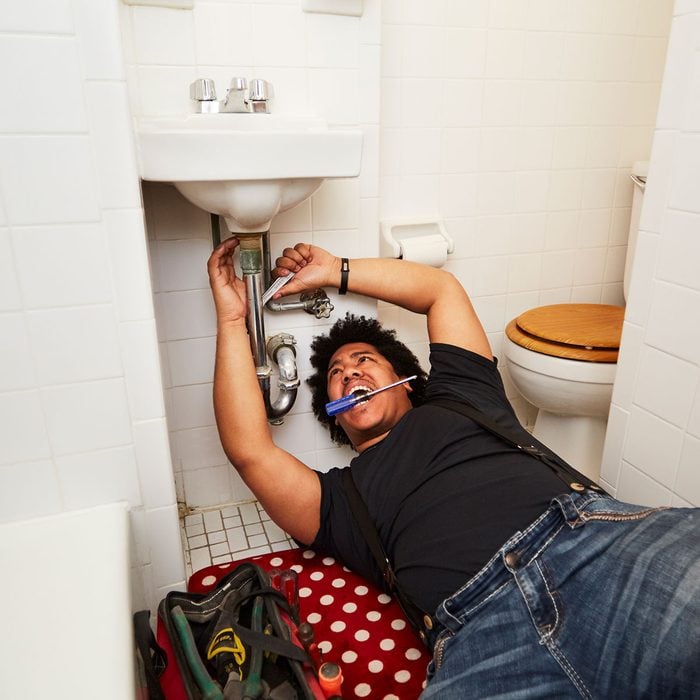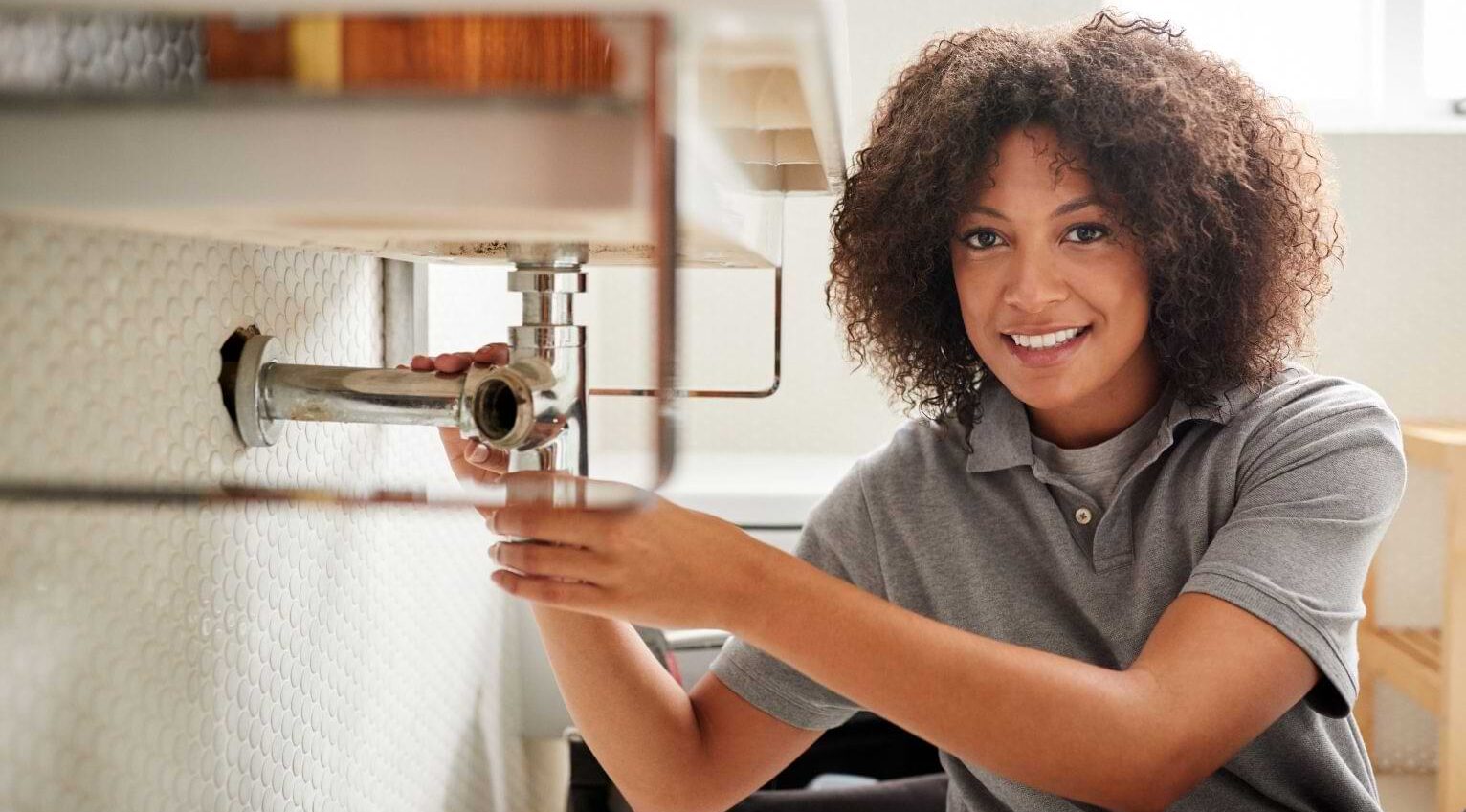Affordable Plumbing Services Alabaster AL for each Budget plan
Affordable Plumbing Services Alabaster AL for each Budget plan
Blog Article
A Step-by-Step Guide to Efficient Water Heating System Installment for Ideal Performance
Starting the job of setting up a water heating unit is a venture that requires accuracy and a systematic approach for attaining ideal performance. The process starts with the essential choice of selecting the ideal heating system tailored to the details demands of your house, taking into consideration elements such as dimension, energy, and kind resource. When selected, preparing the installation location to meet safety and security requirements is paramount. The journey does not end right here. As you continue, the intricacies of attaching water supply lines and establishing up trusted electrical or gas links wait for, promising insights right into ensuring performance and reliability.
Picking the Right Water Heating System

Next, think about the size and ability of the water heater. It's important to examine your house's hot water requirements, which can differ based upon the variety of owners and their use patterns. A system that's also tiny may lead to insufficient warm water, while a large design may lead to unneeded energy intake.
Performance rankings also play a pivotal role in selection. Search for hot water heater with high Energy Element (EF) ratings, showing premium performance and decreased energy usage. Tankless models, though generally much more expensive upfront, offer considerable energy savings over time due to their on-demand home heating capacities.
Preparing the Setup Area
Prior to installing a brand-new water heater, careful preparation of the installment area is necessary. It's essential to measure the room thoroughly to suit the water heating unit's measurements, guaranteeing ample clearance around the unit for effective procedure and servicing.
Check the floor for stability, as the water heater will certainly require a strong, degree surface area to run properly. If essential, mount a drip frying pan underneath the system to catch potential leaks or spills, preventing water damages to the surrounding location.
In addition, ensure that all necessary tools and materials are on hand prior to starting the installment. This consists of products such as wrenches, screwdrivers, a level, and any type of added equipment required for mounting and safeguarding the heating system. A well-prepared installment location sets the foundation for an effective water heating system arrangement, enhancing performance and safety and security.
Connecting Water System Lines
When linking water supply lines to your freshly mounted water heating unit, it is vital to guarantee that all connections are leak-free and safe to preserve reliable procedure and prevent water damages. Begin by identifying the hot and cool water supply lines. The chilly water inlet is generally noted with a blue label or a "C", while the warm water outlet is noted with a red tag or an "H".
Use flexible hot water heater connectors to assist in an easier installment process. These ports can absorb vibration and permit small activity, decreasing the threat of leaks. Prior to attaching the adapters, place a plumber's tape around the threaded ends of the hot water heater's inlet and outlet this content pipes - Water Heater installation Alabaster AL. This tape acts as a sealant, protecting against leaks. Very carefully attach the flexible pipes to the corresponding inlet and outlet, making sure that they are not over-tightened but tight, which can harm the threads.
When links remain in area, slowly activate the main supply of water valve. Check each link for leakages by aesthetically feeling and checking for moisture. Tighten up connections as needed, and make sure the stress safety valve is properly set up, securing versus extreme stress build-up.
Establishing Electrical or Gas Connections
Correctly establishing up the electrical or gas connections for your water heater is a crucial action to guarantee safe and effective operation. For electrical water heaters, start by confirming that the electrical circuit is suitable with the heater's voltage and amperage demands.
For gas water heating units, security is critical. Link the gas line to the water heating system using a versatile gas adapter, ensuring it is appropriately threaded and secured with pipe joint compound or Teflon tape appropriate for gas links.
As soon as links are made, evaluate for any prospective leakages. For gas lines, apply a soapy water remedy to the joints; bubbles indicate a leak. For electrical links, double-check that all wiring is protected and effectively insulated, preserving conformity with regional Source electric codes.
Adjusting and testing for Efficiency
With the electrical and gas connections securely in position, the next step is examining the functional effectiveness of your water heating system. Begin by carefully activating the supply of water and guaranteeing there are no leaks at any of the valves or joints. When validated, continue to fill up the storage tank, taking note of the pressure and temperature setups. It is advisable to establish the thermostat to an advised temperature level of around 120 ° F(49 ° C) to balance energy performance and convenience.
Following, do a thorough examination to make sure the burner or gas heaters are working correctly. For electrical heating units, make use of a Visit This Link multimeter to confirm if the elements are attracting the suitable current. In gas versions, observe the burner fire; it must be constant and blue, suggesting efficient burning.
Change the settings as necessary to remove inefficiencies. Take into consideration carrying out insulation steps, such as including a water heating unit covering, to additionally enhance efficiency by reducing warm loss. In addition, examine the anode rod's problem, as a tatty rod can lower efficiency and bring about tank deterioration.
Conclusion
Efficient hot water heater installment is important for guaranteeing ideal efficiency and energy cost savings. By selecting the suitable kind and dimension, and thoroughly preparing the setup location, a foundation for success is established. Safely attaching water supply lines and very carefully establishing up electrical or gas connections lessen possible issues. Thorough testing for leaks and precise thermostat modifications to 120 ° F improve integrity and efficiency. Following these steps promotes long-lasting capability and power conservation in domestic water furnace.

Appropriately establishing up the electric or gas links for your water heater is an important action to make sure reliable and secure procedure. For electric water heaters, begin by verifying that the electrical circuit is compatible with the heater's voltage and amperage requirements. Connect the gas line to the water heater using a flexible gas connector, guaranteeing it is properly threaded and secured with pipeline joint compound or Teflon tape ideal for gas links.
Report this page